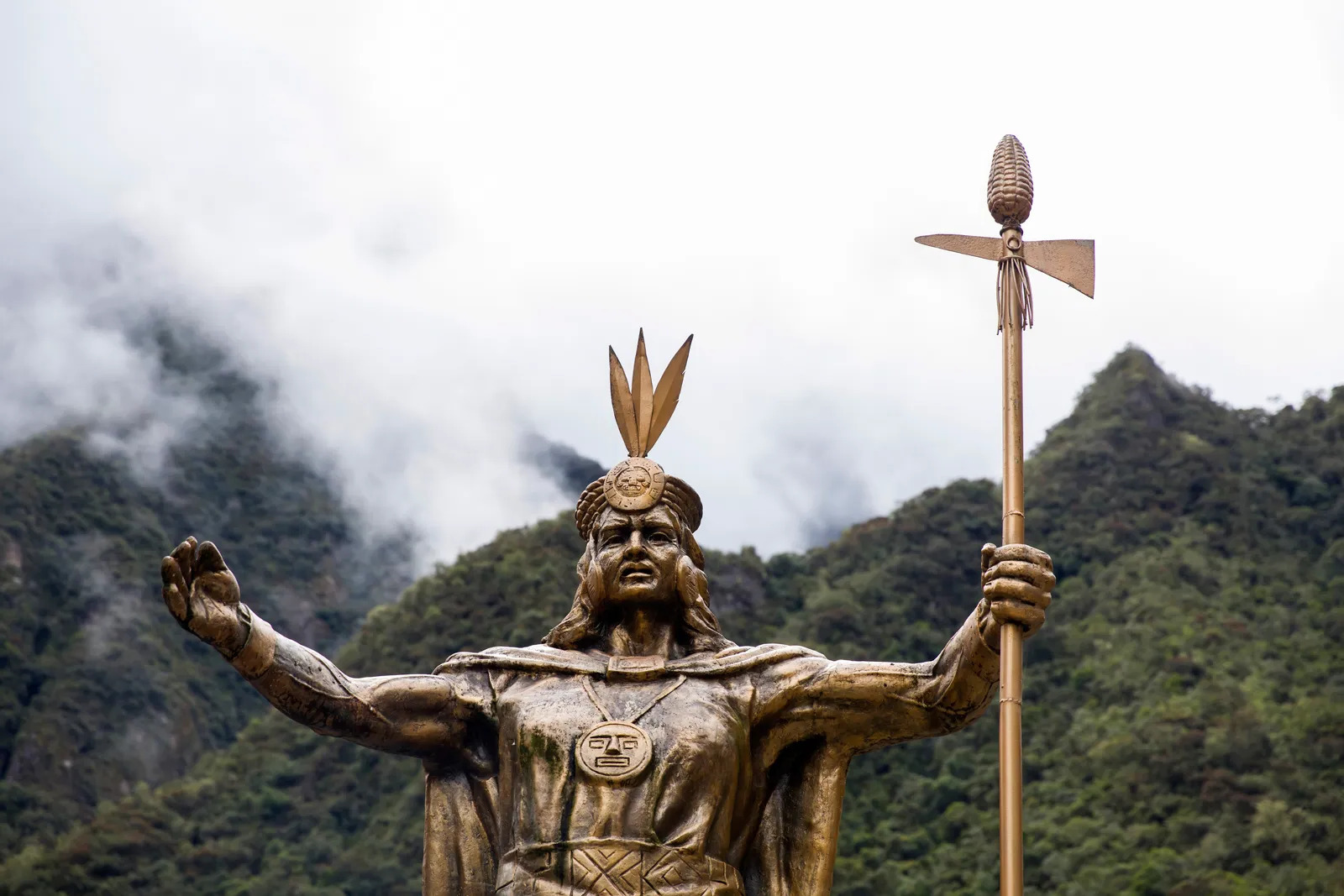
Inca religion is a fascinating blend of mythology, nature worship, and ancestor veneration. The Incas believed in a pantheon of gods, with the sun god Inti at the top. Inti was considered the ancestor of the Inca rulers, making the emperor a divine figure. They also worshipped Pachamama, the earth goddess, and Viracocha, the creator god. Temples, like the famous Coricancha in Cusco, were built to honor these deities. Rituals often included offerings of food, textiles, and even human sacrifices to appease the gods. The Incas also practiced divination, using coca leaves and animal entrails to predict the future. Their religious practices were deeply intertwined with their daily lives, influencing agriculture, politics, and social structure.
Origins of Inca Religion
The Inca religion is a fascinating blend of mythology, nature worship, and ancestor veneration. It played a crucial role in the daily lives of the Inca people, influencing their culture, politics, and social structure.
- The Inca religion was polytheistic, meaning they worshipped multiple gods.
- Inti, the sun god, was considered the most important deity.
- Viracocha, the creator god, was believed to have created the world and all living beings.
- The Inca believed their emperor, the Sapa Inca, was a direct descendant of Inti.
- Pachamama, the earth goddess, was revered as the mother of all life.
- Mama Killa, the moon goddess, was Inti's wife and was associated with fertility and the menstrual cycle.
Sacred Sites and Rituals
Inca religious practices were deeply intertwined with their environment. Sacred sites, known as huacas, were scattered throughout their empire, and rituals were performed to honor the gods and ensure harmony with nature.
- Machu Picchu is one of the most famous Inca sacred sites.
- The Coricancha, or Temple of the Sun, in Cusco was the most important religious center.
- Sacrifices, including animals and sometimes humans, were made to appease the gods.
- The Inca performed elaborate ceremonies during the Inti Raymi, or Festival of the Sun.
- Pilgrimages to sacred sites were common, especially to the sacred valley of the Urubamba River.
- The Inca used coca leaves in many of their religious rituals.
Inca Priests and Divination
Priests held significant power in Inca society. They were responsible for conducting rituals, interpreting omens, and communicating with the gods.
- High priests, known as Villac Umu, were often relatives of the Sapa Inca.
- Divination was practiced using various methods, including reading the patterns of coca leaves.
- The Inca believed in the power of oracles, who could predict the future.
- Priests conducted ceremonies to ensure good harvests and favorable weather.
- The Inca used sacred objects, called huacas, in their divination practices.
- Mummified ancestors were consulted for guidance and wisdom.
Festivals and Celebrations
Festivals were an essential part of Inca religious life. These celebrations were opportunities to honor the gods, strengthen community bonds, and ensure prosperity.
- Inti Raymi, the Festival of the Sun, was the most important Inca festival.
- The Capac Raymi was a festival held in December to celebrate the coming of age of young boys.
- The Aymoray was a festival to honor the maize harvest.
- During the Qhapaq Hucha, children were sacrificed to appease the gods.
- The Situa was a purification festival to ward off disease and misfortune.
- Festivals often included music, dance, and feasting.
Beliefs About the Afterlife
The Inca had a complex belief system regarding the afterlife. They believed in an existence beyond death, where the soul would continue to live in a different realm.
- The Inca believed in an afterlife where the soul would go to either the Hanaq Pacha (upper world) or the Ukhu Pacha (underworld).
- The journey to the afterlife was thought to be challenging, requiring the soul to pass through various trials.
- Mummification was practiced to preserve the bodies of the dead for the afterlife.
- The Inca buried their dead with offerings, including food, tools, and precious items.
- Ancestors were revered and often consulted for guidance.
- The Inca believed that the spirits of the dead could influence the living world.
Influence of Inca Religion on Society
Inca religion was not just a spiritual practice; it was deeply embedded in the social and political fabric of their society.
- The Sapa Inca was considered a divine ruler, with both political and religious authority.
- Religious festivals and rituals were state-sponsored events.
- The Inca built an extensive network of roads to facilitate pilgrimages and communication between sacred sites.
- The agricultural calendar was closely tied to religious observances.
- The Inca used religion to legitimize their conquests and integrate conquered peoples into their empire.
Final Glimpse at Inca Religion
Inca religion was a rich tapestry of beliefs and rituals. Inti, the sun god, held a central place in their worship, symbolizing life and power. Pachamama, the earth goddess, was revered for her nurturing qualities. The Incas practiced human sacrifice during significant events, believing it pleased their gods. Mummification of the dead was common, reflecting their views on the afterlife. Temples like Machu Picchu served as spiritual hubs. Festivals, such as Inti Raymi, celebrated the sun god and marked the winter solstice. Priests played crucial roles, acting as intermediaries between the gods and people. The Incas' deep connection to nature influenced their religious practices, emphasizing harmony with the environment. Understanding these aspects of Inca religion provides a glimpse into their sophisticated and spiritual world.
Was this page helpful?
Our commitment to delivering trustworthy and engaging content is at the heart of what we do. Each fact on our site is contributed by real users like you, bringing a wealth of diverse insights and information. To ensure the highest standards of accuracy and reliability, our dedicated editors meticulously review each submission. This process guarantees that the facts we share are not only fascinating but also credible. Trust in our commitment to quality and authenticity as you explore and learn with us.


